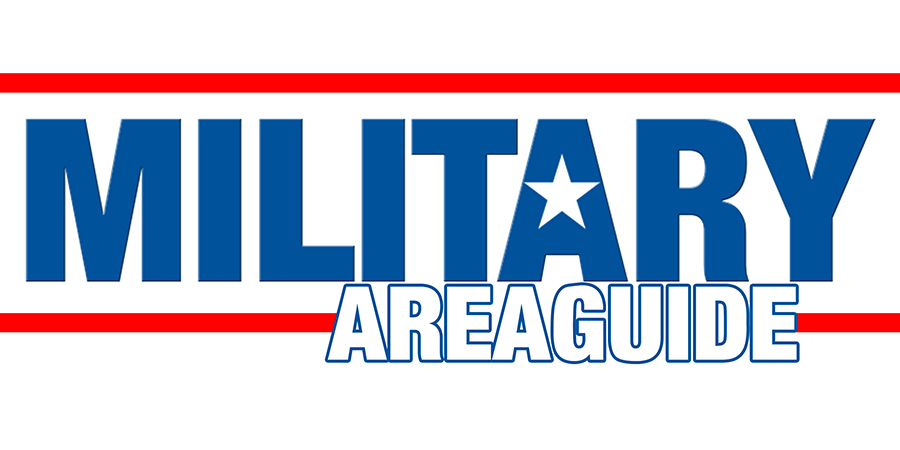Could Drones Help Save People In Cardiac Arrest?

Drones could soon be dropping off packages at customers' doors. But researchers in Sweden have drones in mind for a different, potentially life-saving delivery: automated external defibrillators, or AEDs.
Advertisement

Using drones to carry AEDs to people who are in cardiac arrest could reduce the time that elapses between when people go into cardiac arrest and when they receive the first shock from an AED, the researchers say.
The more time a person spends in cardiac arrest before being shocked with an AED, the less chance they have of survival. Shocking someone within three minutes gives them the best shot.
More than 350,000 cardiac arrests happen across the U.S. in places other than hospitals each year, according to the American Heart Association – and a person's chance of surviving is about 1 in 10. Drone-delivered AEDs beat ambulance trip times to the scenes of cardiac arrests, the researchers say in a letter published Tuesday in the Journal of the American Medical Association.
Dr. Michael Kurz, an emergency medicine professor and American Heart Association volunteer, sees the potential for AED-carrying drones to help save lives. He says this is the first time he's seen published data on the use of drones to deliver AEDs.
"This is a really neat, innovative method to combat a problem that we have been struggling with for decades," says Kurz. "It's the same reason we have public access to defibrillation. Airports, casinos, large public venues have AEDs on the wall because presumably it would take a while for EMS to get there. This is, like, public-access defibrillation on steroids, where we just bring the defibrillator to you."
The researchers used drones to deliver AEDs to places in a rural area of Sweden where people had gone into cardiac arrest between 2006 and 2014, says Stockholm-based Andreas Claesson, the letter's lead author as well as a paramedic and registered nurse.
In each of the 18 flights that the drones made, they beat the ambulance time. The median reduction in response time was about 16 ½ minutes. And the median time from dispatch to drone launch was 3 seconds, while it took emergency medical services a median time of 3 minutes to hit the road.
To read more, please visit: http://www.npr.org/sections/health-shots/2017/06/13/53263983...











